-
Silver-spotted Skipper Revisited
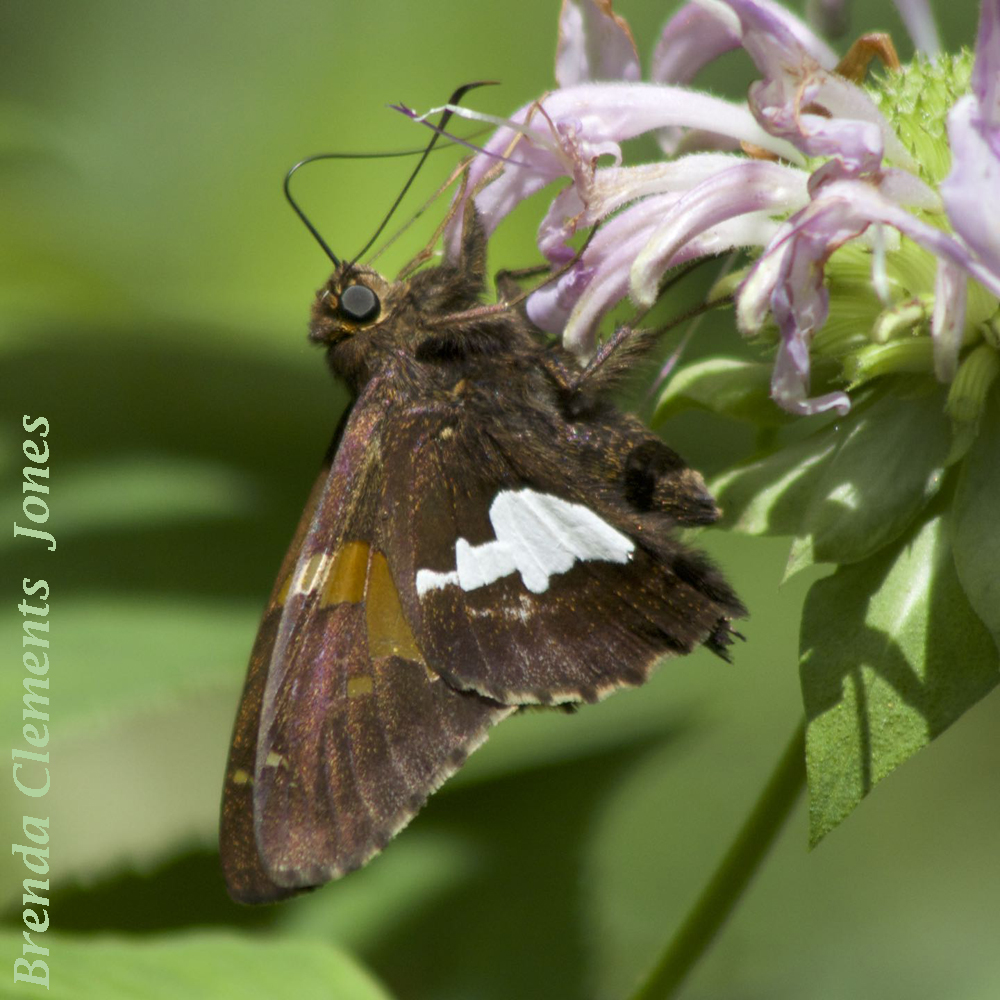
With a wingspan of 1.75 to 2.5 inches the Silver-spotted Skipper (Epargyreus clarus) is the largest of the skippers. But being the largest of the skippers doesn’t make it LARGE compared to some moths and butterflies. The Silver-spotted Skipper is certainly the skipper that I see most often as I check out the trails here…
-
Sleepy Orange
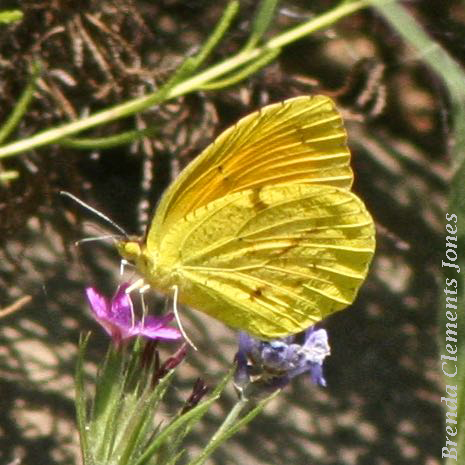
If only you could see the whole series of images that this one came from. The series is like a dramatic opera without music but so much movement! Butterflies love this flower, Tithonia rotundifolia. That’s the orange flower that caused the drama. I highly recommend it if butterflies bring you pleasure. An annual plant that…
-
Black and Yellow Lichen Moth
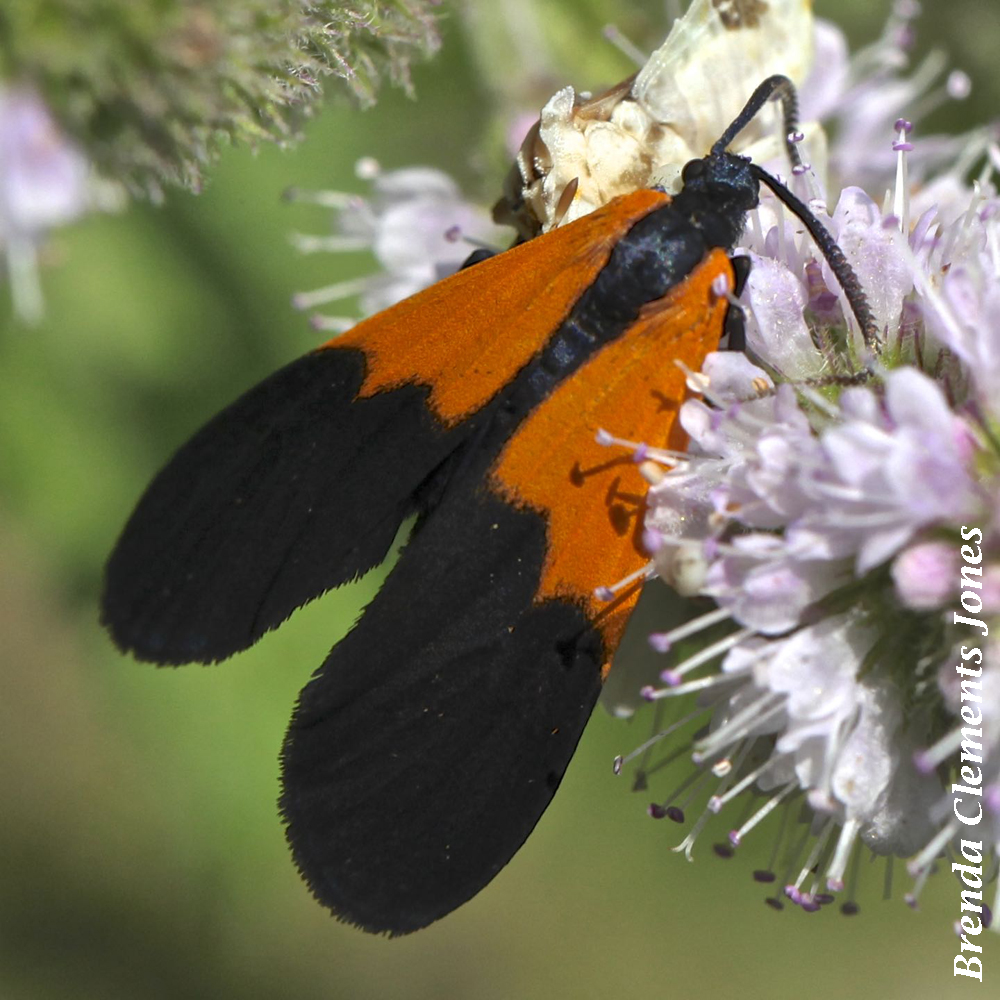
A moth that flies during the day, diurnal. A Black and Yellow Lichen Moth (Lycomorpha pholus). Though the name implies the color yellow you can see that this one, above, is reddish-orange along with the striking black with a subtle blue sheen. Many of this species of moth come in shades of not just yellow…
-
Silverleaf Mountain Mint
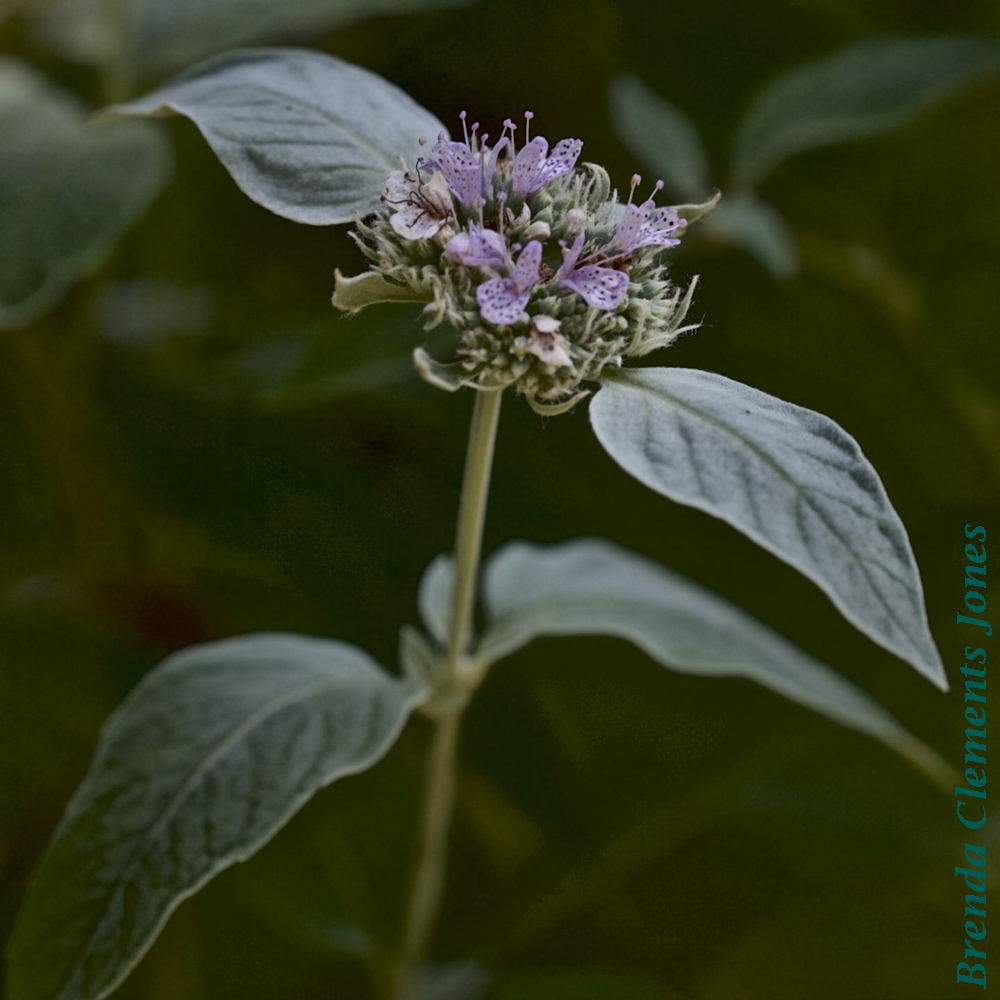
A native mint that has intrigued me for years living trailside here on the mountain. I’ve found it available at a native plant nursery and now I have some in my gardens. Silverleaf Mountain Mint (Pycnanthemum incanum). Native to eastern North America. The nectar of this Mountain Mint is popular with bees and butterflies. The…
-
Silvery Checkerspot
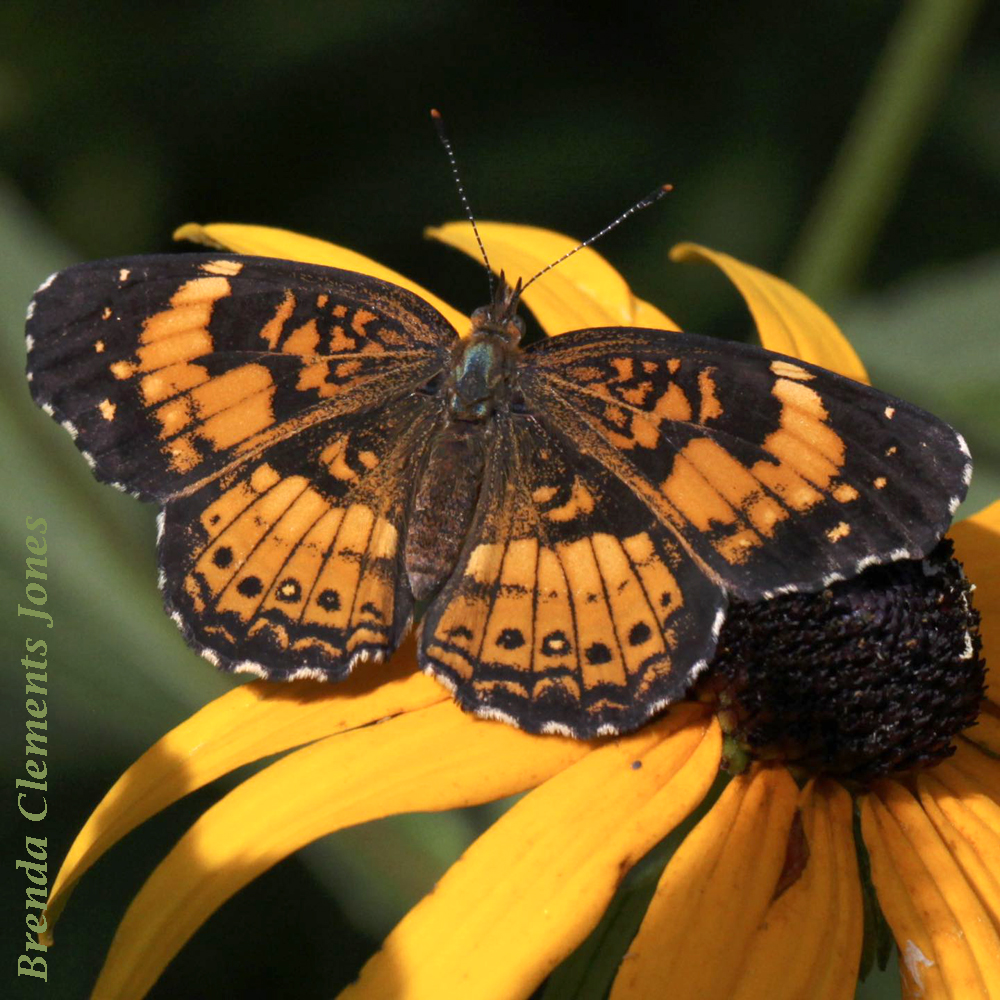
Warm sunlight shining through a tiny butterfly wing. Capturing this view of the wings was a challenge. A view that this little critter didn’t want to share. But seeing this, the underside of the wings, makes identification easy. Silvery Checkerspot (Chlosyne nycteis) on Apple Mint (Mentha suaveolens). In this view the hindwing is pale with…
-
Perplexing Bumble Bee
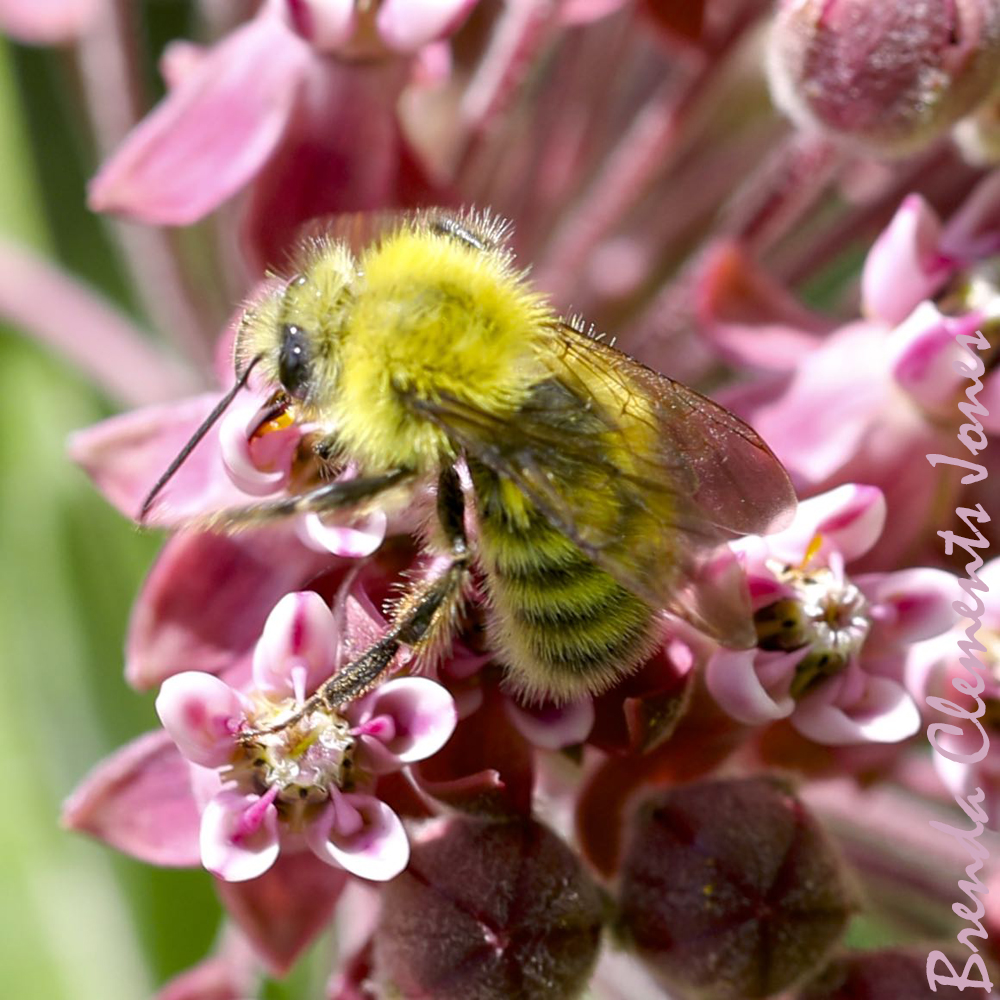
Common Milkweed (Asclepias syriaca) is in full bloom right now delighting bees and butterflies up and down the mountainsides. In this photo, a beautiful bright yellow Perplexing Bumble Bee (Bombus perplexus) is enjoying the nectar that Common Milkweed provides.
-
Giant Swallowtail
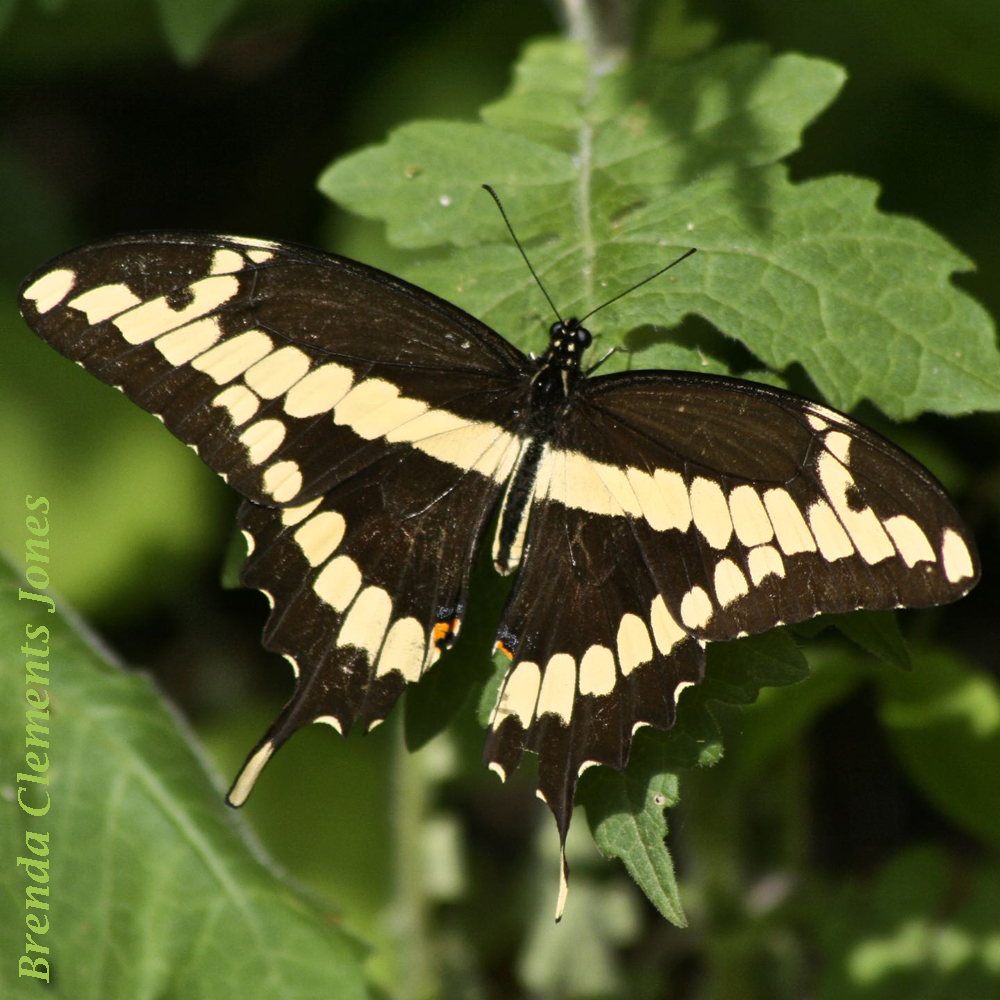
Having a wingspan up to seven inches, this butterfly certainly earns the name Giant Swallowtail (Papilio cresphontes). It also holds the title of largest butterfly in North America. The larval host plants of Giant Swallowtails consist of many trees in the citrus family including, here in Virginia, the Common Hop Tree (Ptelea trifoliata). These caterpillars…
-
American Lady Butterfly
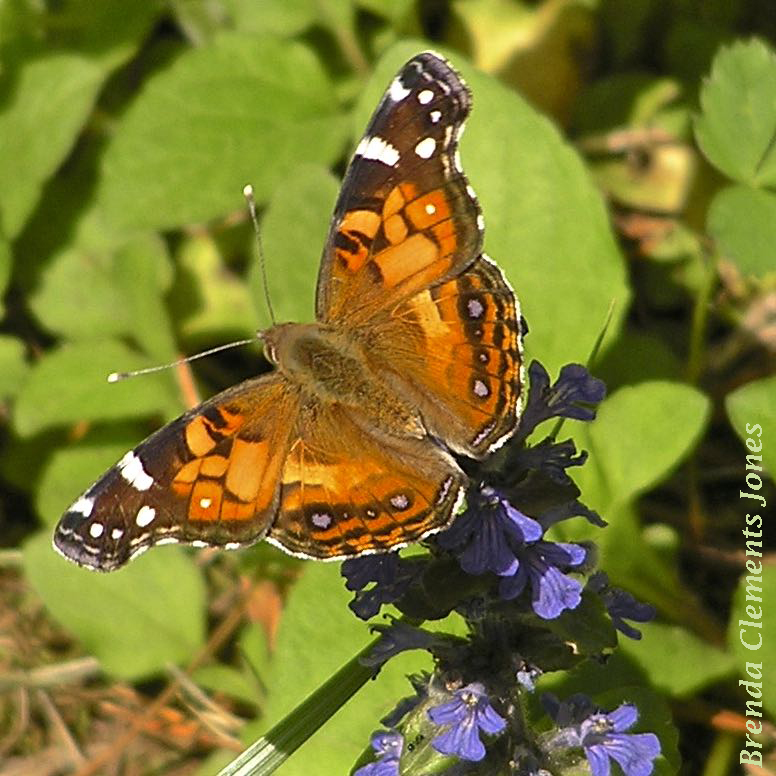
During the summer while my volunteer White Wood Asters are blooming I can count on seeing bunches of American Lady Butterflies (Vanessa virginiensis) sipping the nectar. I see there are oodles of larvae host plants listed for American Lady Butterflies. Asters are one of the plants listed. Purple Coneflowers will also attract them and make…
-
Scarlet Beebalm
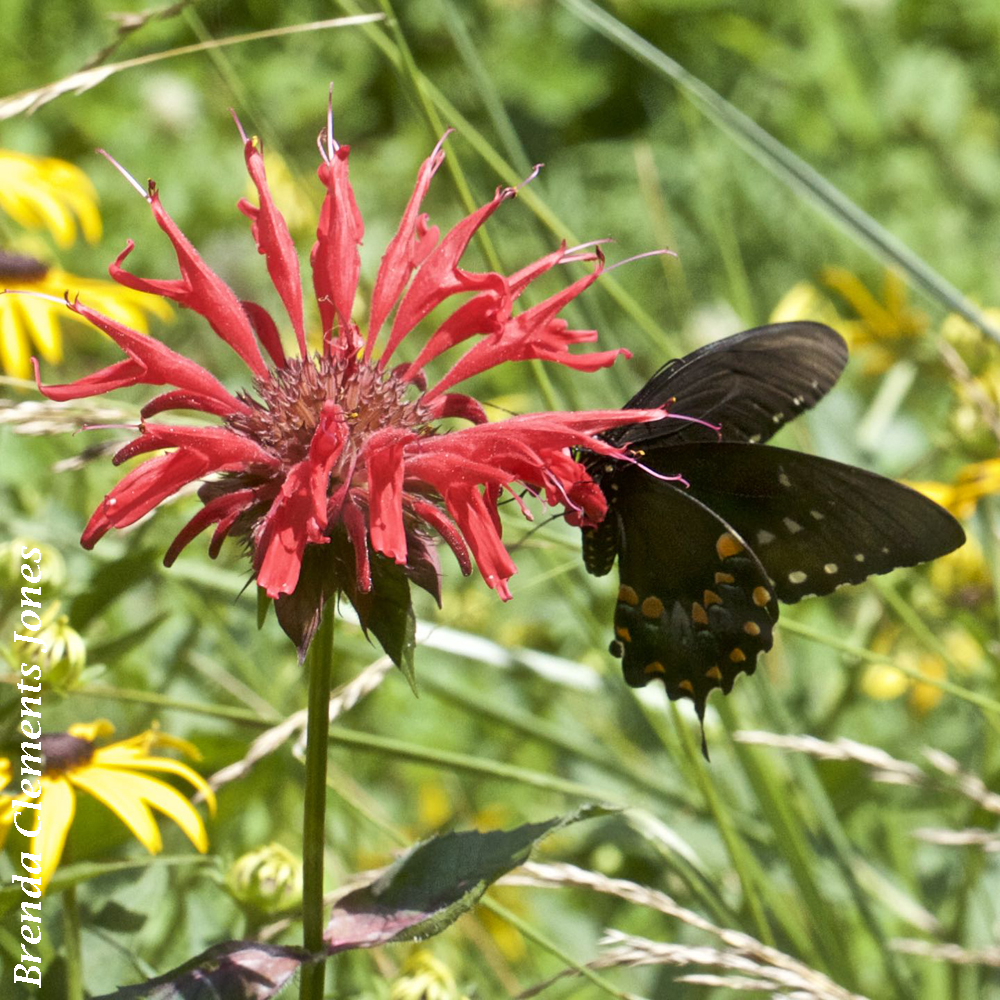
Soon to be glowing red in a big swath of my garden. Scarlet Beebalm (Monarda didyma). Native to eastern North America. Attracting hummingbirds, butterflies and bees. Fluttering, buzzing and humming. Spicebush Swallowtails (Papilio troilus) aren’t the only butterflies that enjoy the nectar and help pollinate the Scarlet Beebalm. Oodles show up. A carefree plant that…
-
Blackberries
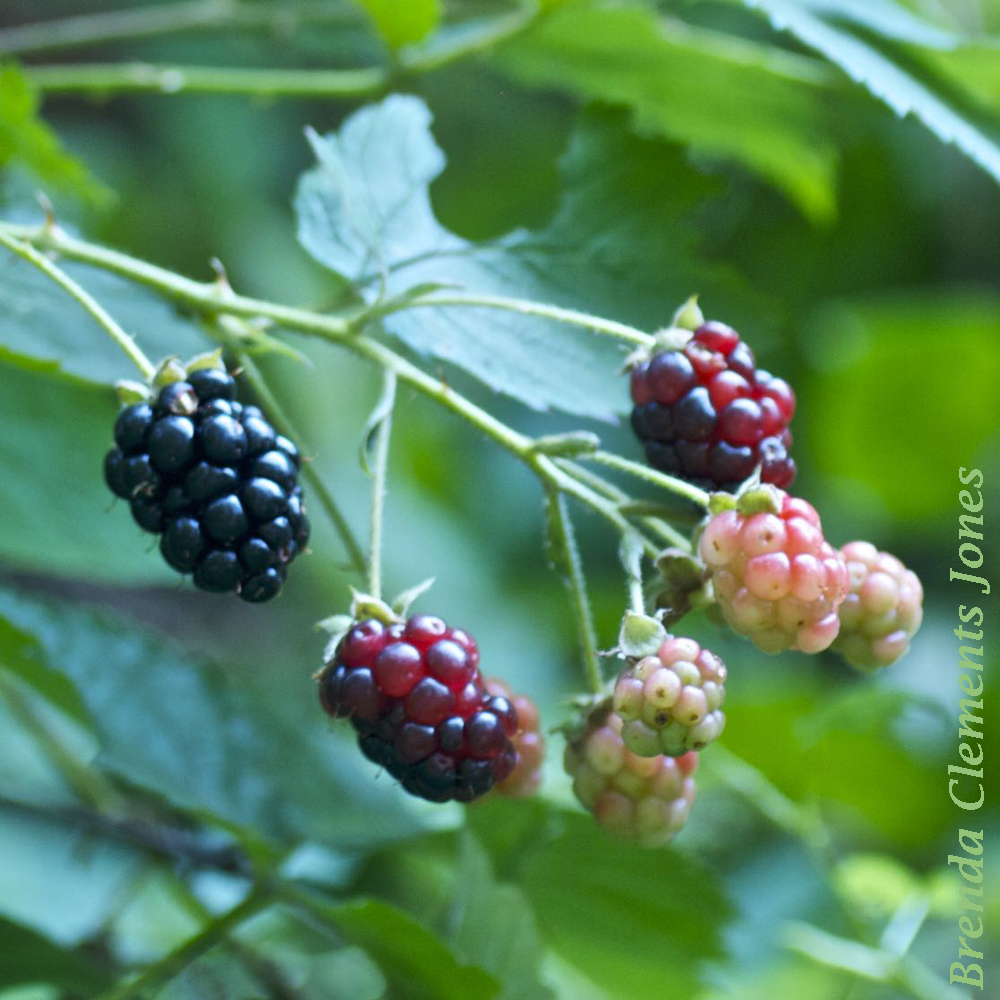
Wild blackberry bushes (Rubus allegheniensis) have just finished blooming up here in the mountains. The list of insects, game birds, songbirds and mammals that these bushes benefit goes on and on. Needless to say the ecological benefit of these bushes to wildlife is quite high. Many insects benefit from the pollen and nectar available in…